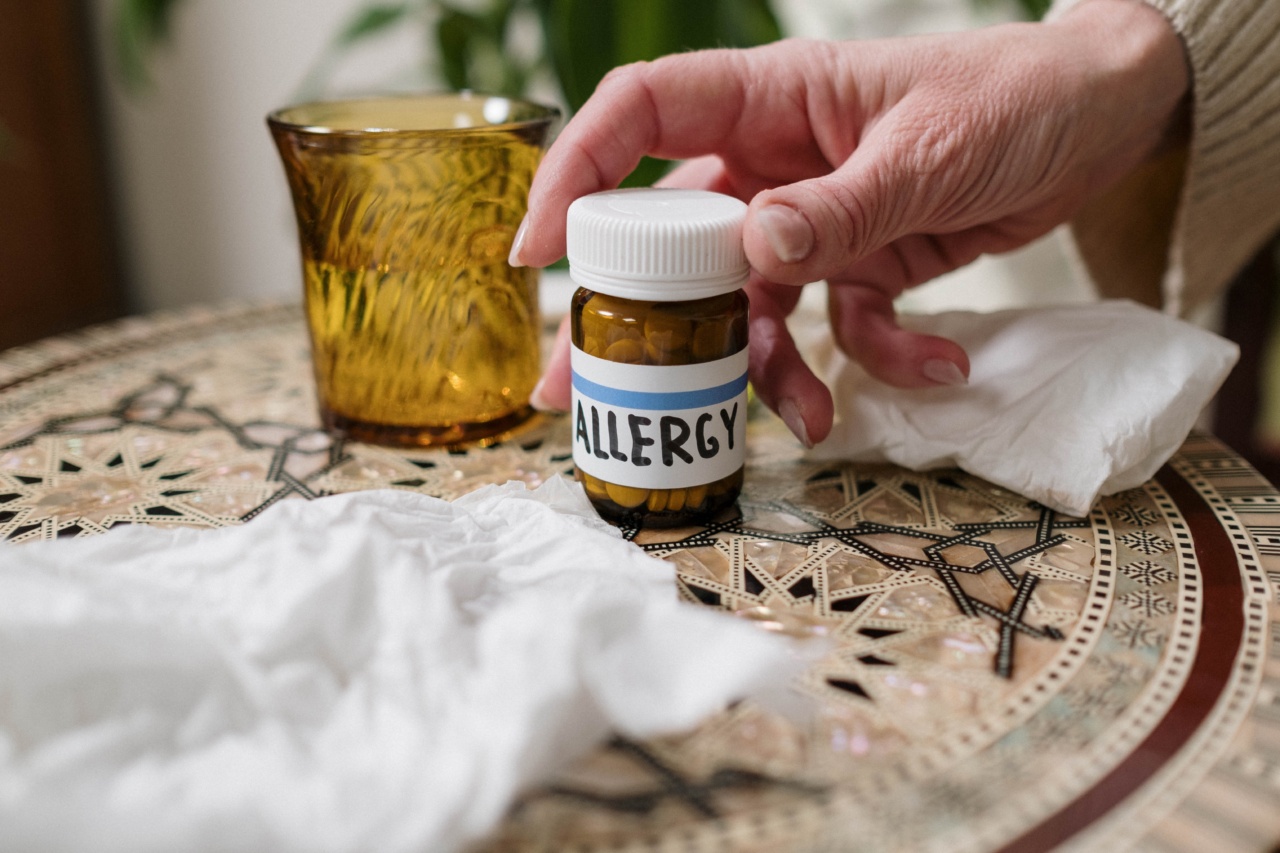Shellfish is a tasty delicacy enjoyed by many, but for some children, it can trigger a severe allergic reaction. A shellfish allergy is an immune response to proteins found in certain types of seafood, including shrimp, lobster, crab, and oysters.
Symptoms can range from mild to life-threatening, so it’s important for parents to be aware of the signs and take steps to manage the allergy.
Causes of Shellfish Allergy
Like all food allergies, a shellfish allergy occurs when the immune system mistakes harmless proteins in food for harmful substances.
The immune system then releases chemicals like histamine to fight off the perceived threat, causing a range of symptoms.
Specifically, shellfish allergy is caused by an immune response to proteins in the muscle tissue of shellfish.
These proteins can also be found in the shells, so cross-contamination can be a risk if a child handles shellfish and then touches their eyes or mouth.
Symptoms of Shellfish Allergy
The symptoms of a shellfish allergy can vary from child to child, but they typically appear within minutes to hours of eating shellfish or coming into contact with it. Mild symptoms may include:.
- Hives or a rash
- Nausea or vomiting
- Stomach cramps
- Itchy mouth or throat
More severe symptoms can include:.
- Tightness or swelling of the throat
- Trouble breathing
- Drop in blood pressure
- Lightheadedness or fainting
In rare cases, a shellfish allergy can trigger anaphylaxis, a life-threatening reaction that requires immediate medical attention. Symptoms of anaphylaxis can include:.
- Difficulty breathing
- Rapid or weak pulse
- Severe swelling of the face or throat
- Loss of consciousness
Diagnosis of Shellfish Allergy
If you suspect your child has a shellfish allergy, it’s important to talk to your pediatrician or allergist. They can perform a skin or blood test to confirm the allergy.
During a skin test, a small amount of shellfish extract is placed on the skin, and the area is pricked with a needle to see if there is a reaction. A blood test can measure the levels of antibodies to shellfish proteins in the blood.
Treatment of Shellfish Allergy
There is no cure for a shellfish allergy, so the best way to manage it is to avoid shellfish and be prepared for an allergic reaction if it does occur.
If your child has a mild allergy, antihistamines or corticosteroids may be prescribed to alleviate symptoms. For more severe allergies, an epinephrine auto-injector (such as an EpiPen) may be prescribed. It’s important to know how to use this device and carry it with you at all times, as anaphylaxis can be life-threatening if not treated promptly.
If your child does have an allergic reaction, seek medical attention immediately, even if you have already administered epinephrine.
It’s also important to inform your child’s school or daycare of their allergy and provide them with an emergency action plan and medication if necessary.
Cross-Reactivity with Other Foods
Some children with a shellfish allergy may also experience a reaction to other types of seafood or even to non-seafood items such as dust mites or cockroaches. This is because certain proteins in these items are similar to those found in shellfish.
If your child has a shellfish allergy, talk to your doctor about whether they may also be at risk for cross-reactivity with other foods or allergens.
Prevention of Shellfish Allergy
The best way to prevent a shellfish allergy is to avoid shellfish altogether.
This means reading food labels carefully, asking about ingredients when eating out, and avoiding dishes that may contain traces of shellfish (such as seafood gumbo or fried rice).
Cooking does not destroy the allergenic proteins in shellfish, so even well-cooked shellfish can trigger an allergic reaction in some people. It’s important to thoroughly clean any utensils or surfaces that come into contact with shellfish.
Conclusion
A shellfish allergy can be a serious condition for children, but with the right management strategies, it is possible to live a full and healthy life.
Parents should be aware of the symptoms and seek medical attention immediately if an allergic reaction occurs. With proper precautions and planning, children with a shellfish allergy can stay safe and enjoy a variety of other delicious foods.




























